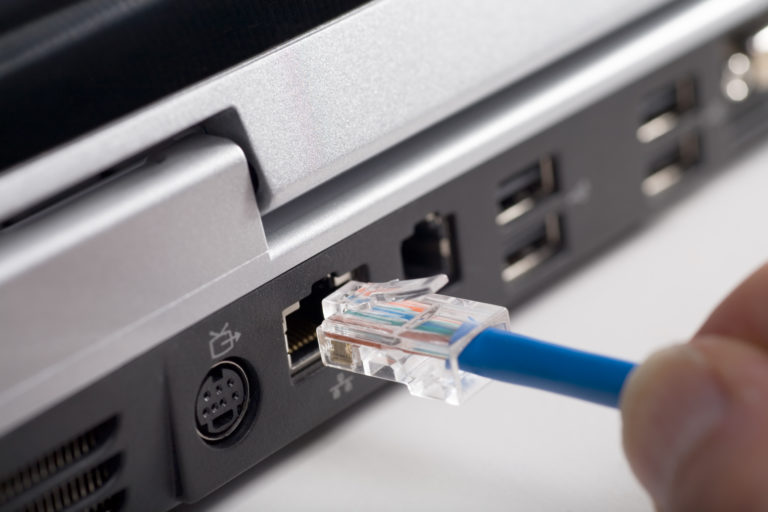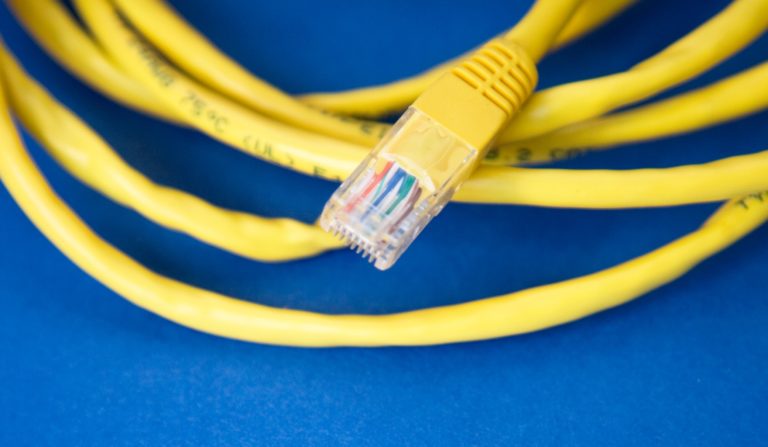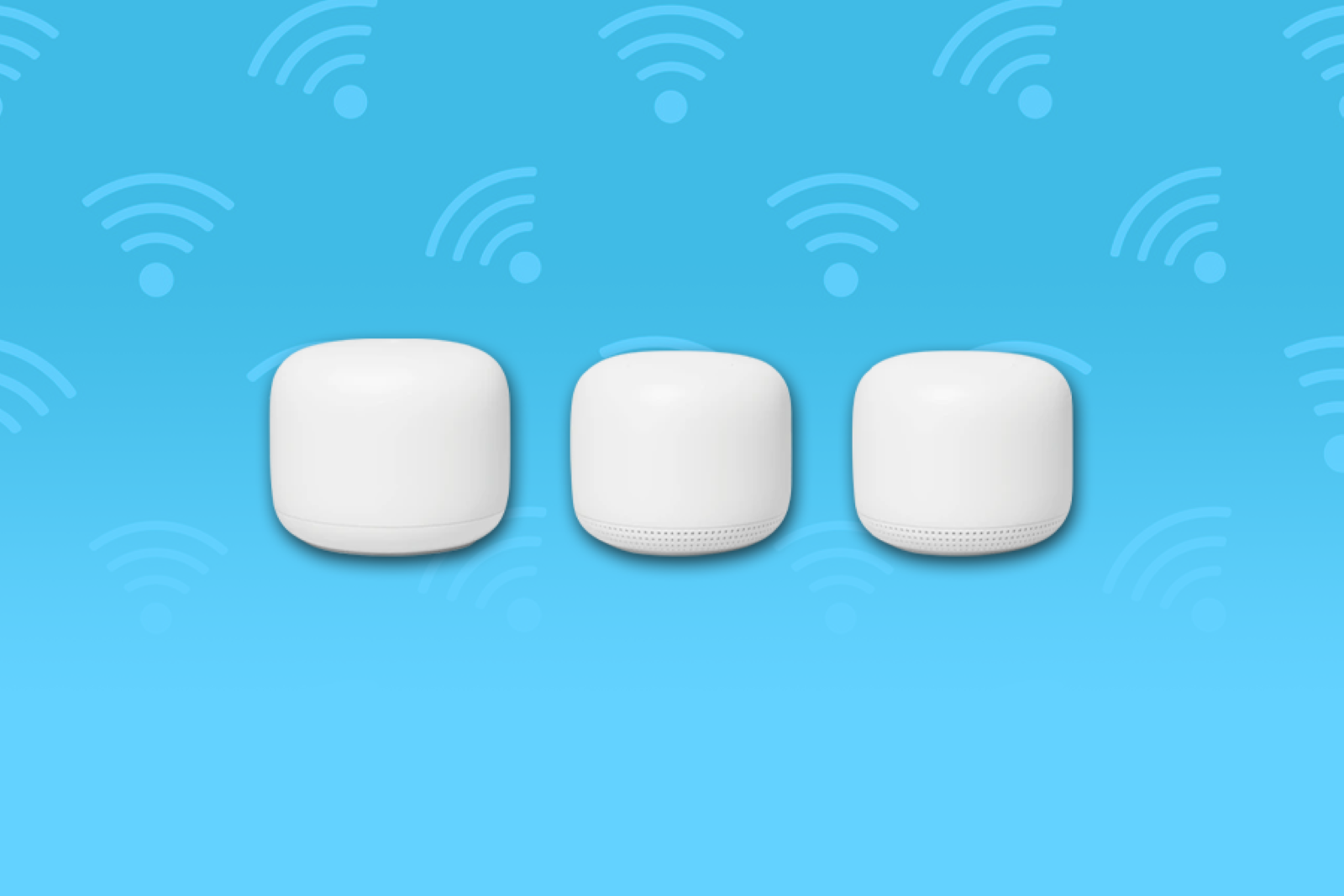All of the troubleshooting steps above should be taken for no-internet scenarios, whether that’s for an individual device or your entire network. Some of the factors listed previously can also impact internet speeds, most notably the WiFi interference and dampening considerations.
The best way to test raw internet download and upload speed is to use an Ethernet connection directly to your modem or modem-router. For those with a modem-router, try to power off all of your usual connected devices before trying these steps as automatic downloads and uploads can invisibly hog internet bandwidth that will impact these results.
Once this is done, run a speed test that will measure latency, download speed and upload speed. Download speed tends to be the big focus which, by law, providers have to list in terms of average typical evening speeds. Compare your download speed result to what your provider is advertising, relative to the speed tier you’re on.
NBN 12 Basic I speeds are up to 12Mbps download and 1Mbps upload. NBN 25 Basic II speeds are up to 25Mbps download and 5Mbps upload. NBN 50 Standard speeds are up to 50Mbps download and 20Mbps upload. NBN 100 Fast speeds are up to 100Mbps download and either 40Mbps upload or 20Mbps upload, depending on what your provider offers and, where available, which version you opt for. There's also NBN 250 Superfast with up to 250Mbps download and 25Mbps upload, and NBN 1000 Ultrafast which, though still in its infancy, should theoretically provide download speeds up to 1000Mbps and upload speeds up to 50Mbps.
Speeds do vary by provider, so it's worth checking out the table below to see how yours stacks up against the competition. To change speed tier, simply click on the drop-down box in the top-left corner and choose your current or desired plan speed.
If your download speed results with a dedicated Ethernet connection to your modem or modem-router are below those advertised by your provider, or noticeably below those max upload speeds above, speak to your provider. It’s worth noting that the internet is always slower between 7pm and 11pm every night, but these should be close to what’s advertised by your provider.
Like a lot of networking problems, though, slower speeds are likely caused within the home, especially if the internet is fast one moment and slower the next. This is because those maximum download and upload speeds outline above are the total shared bandwidth that’s available to everyone and every device in your home. If you have many connected devices (wired or wireless) that are constantly downloading or uploading – especially those that do it invisibly in the background, like automatic camera backup once a device connects to WiFi – you will notice speed slowdowns.
To avoid this, keep track of and manage the number of devices connected at one time, which can stack up between computers, smart TVs, game consoles, tablets, smartphones and a range of other smart devices. A good idea is to schedule updates during hours when people in your home aren’t competing for bandwidth. You can also disable automatic updates and manually update outside of these popular times.
Alternatively, consider upgrading to a higher speed tier and/or investing in a newer-model router that includes features like Quality of Service, which is designed to intelligently prioritise real-time communication (e.g. gaming and video calls) over bandwidth-hogging tasks like downloading and uploading massive files.
It’s worth noting that overall internet speed is dependent on a few main factors.
First, the NBN plan or speed tier you’re using as well as your connection technology type. Different NBN technology types can vary in terms of both consistency and quality, with FTTP usually providing the best results and Satellite NBN providing slower and less reliable connections. Depending on where you live, it's possible that you could be eligible for a technology type upgrade, so be sure to do your research.
Second, your provider, which have different average speeds. And third, congestion either during typical evening times or on your local network.






